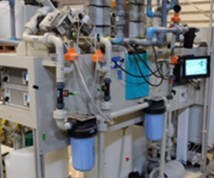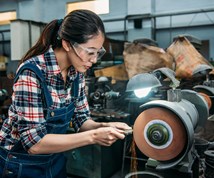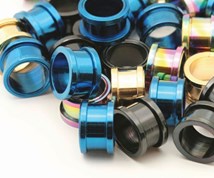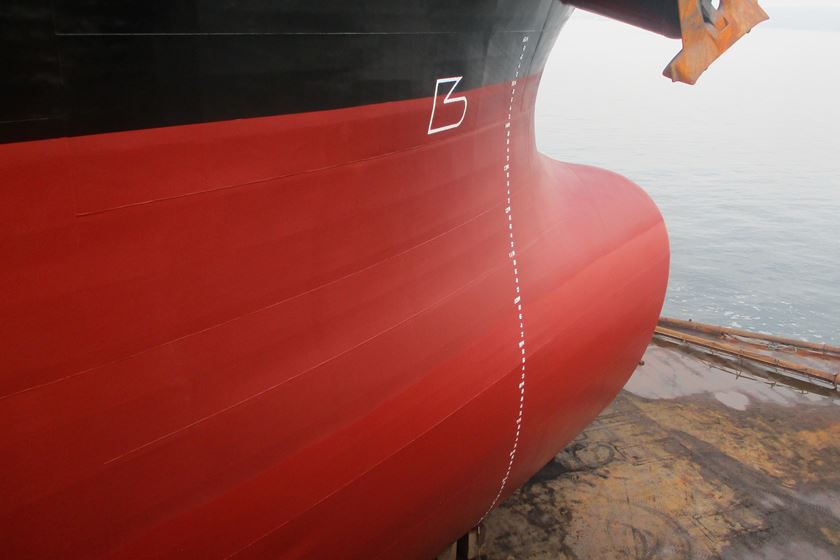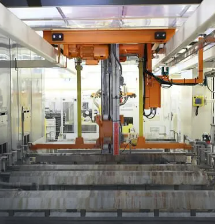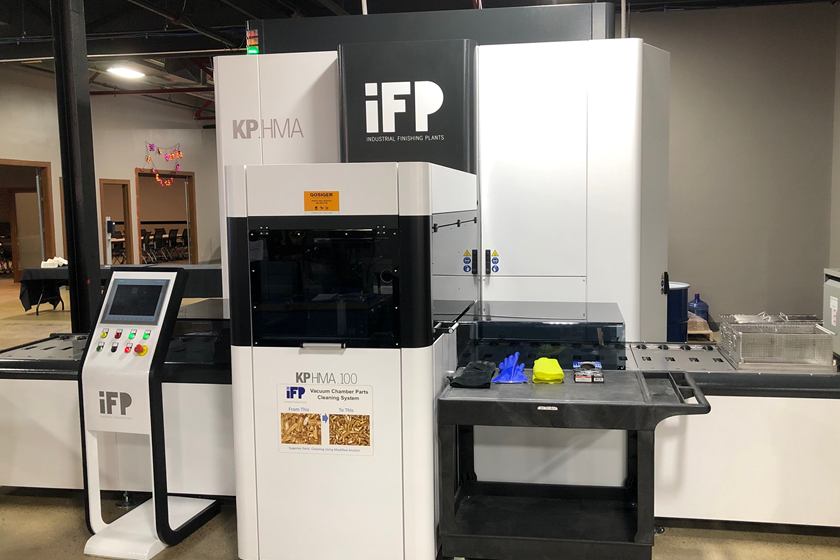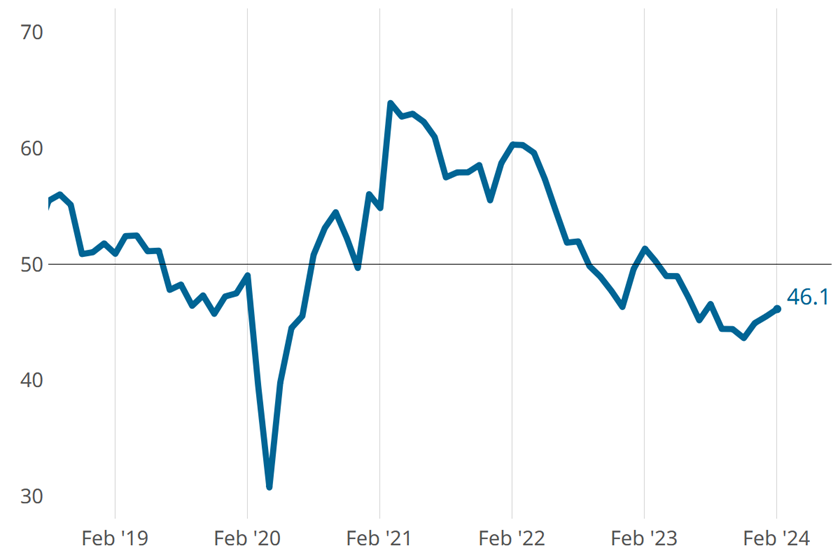Adjustments for Bowl Vibratory Machines
How do we adjust our self-unload bowl vibratory machines to increase their energy and get them to unload faster?
#energy
Q. How do we adjust our self-unload bowl vibratory machines to increase their energy and get them to unload faster?—G.F.
A. The bowl vibratory machine has weights attached to the top and bottom of a vertical shaft mounted to the center column of the bowl that can be added and subtracted from the top and bottom weight carriage. As weights are added, the energy is increased, and as weights are subtracted, energy is decreased. This energy is measured by mm of amplitude between 1 and 9, with 9 indicating higher energy.
Featured Content
The top weights and the positioning of the top weight carriage will affect the media’s forward feed. Increasing the weights and positioning the top weight carriage 90 degrees behind the bottom weight carriage is a good starting point for faster unload. When doing this, however, note that the shaft rotation should be opposite of the media feed direction. So, if the media travels counterclockwise to climb the unload gate, the shaft rotates clockwise; therefore, the top weight carriage should be set 90 degrees counterclockwise of the bottom weight carriage.
Increasing the bottom weight will increase the media roll and energy (amplitude).
Machine manufacturers attach amplitude measurement stickers to the outside of the bowl to indicate measurement of the energy and forward feed.
Bowl machines generally are set up with more weights on the bottom weight carriage than on the top. Start with twice as many weights on the bottom, and adjust from there. When adjusting, change only one variable at a time.
A self-unload bowl vibratory system is primarly set up for unload efficiency. When the screen opening sizes are much larger than the media, forward feed can be increased. If the openings are tight compared to the size of the media, forward feed needs to be reduced to eliminate media carryout over the screen deck.
Make notes of the starting point before changing weight settings. Document the amplitude and unload time before adjusting weights so you can measure improvements and get back to a known process if required.
RELATED CONTENT
-
Using Alternatives in Pretreatment Baths for Degreasing
Effective cleaning at low, even ambient temperatures, is possible, says Atotech’s Brandon Lloyd, and creates a safer work environment and reduces energy demands.
-
Energy Coatings Withstand Time, Corrosion
The Z-Pex multi-layer system battles harsh oil and gas chemicals.
-
Aqueous Cleaning Basics
Four factors affect the cleaning process: chemistry; temperature; energy; and time. The various combinations determine how clean your part will be. This article reviews the basics of each type of cleaning to help you determine what will work best for you...



